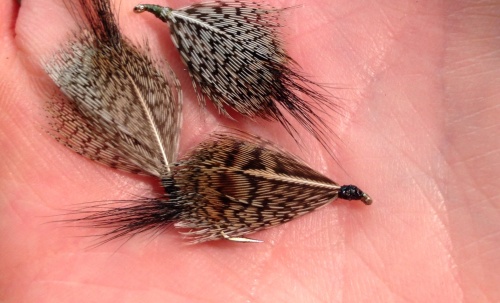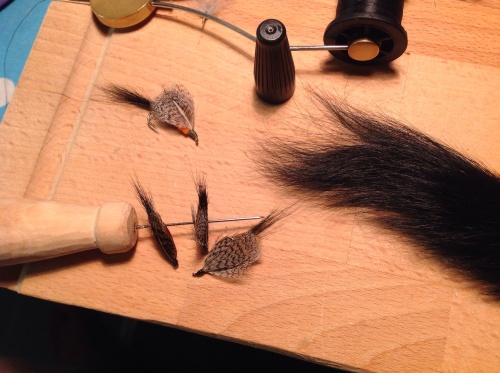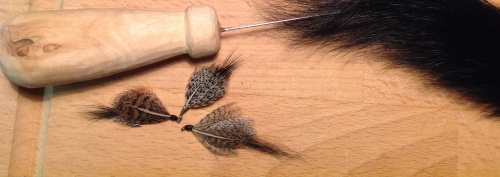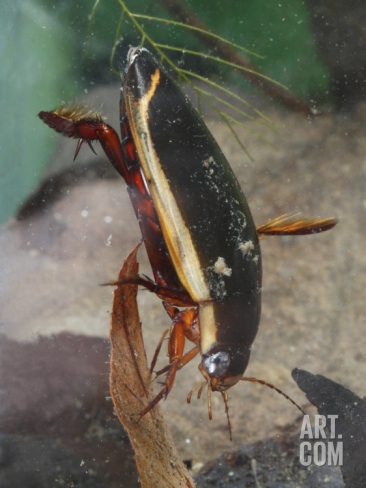I spent several hours on the Thames over the last two days reconnecting my casts in pursuit of a sea trout, or any species willing to hunt my offerings. The wind has been perfect, allowing me to cast upstream and work my fly through riffles and runs at low tide. No bites so far and plenty of time to ponder – what a tremendous way to iron out all the wrinkles that work and commuting create.
I longed to tie a credible Walker’s Killer since my very first attempt at dressing a hook, back in 1984 when I first met my trout hunting friend Gareth. From an early age he tied flies for his family’s annual pilgrimage to the mountains of Nyanga – perfecting many techniques, trusting his instincts and improvising with locally sourced materials and colour combinations. Hooks were hard to come by in tiny sizes and I would often tie a fly, examine it for a while, then I would cut off the thread, feathers and wool to start again!
Last night I rekindled my enthusiasm for this pattern using woodcock feathers and squirrel tail… My technique needs further refining however I am confident that with continued practice and the right feathers (partridge feathers are best) I will master it at last!
Herewith my first prototypes for the time being:

This magic pattern mimics water beetles, dragon fly larvae or small fish. Have a go at tying your own and let me know when you succeed!

The more I practise, the easier it gets – I discovered that a similar pattern, the Mrs Simpson is used specifically for sea trout in New Zealand, fished at night… Will my equivalents work in the Thames this season?

I use liquid fusion superglue to cement their heads… Remember to ensure they dry sufficiently before handling them or storing them to prevent them from sticking to each other.

woodcock feathers produce a different effect – I look forward to using partridge feathers to recreate the original in due course…
Water beetles are ubiquitous in the lakes and rivers that I visited as a boy – perhaps this is why the Walker’s Killer is such a hit there:

Photo – Art.com. Cybister tripunctatus is a predatory water beetle that hunts Odonata larvae… In Southern Africa There are over 200 species of water beetles in the Family Dytiscidae alone.
Thank you for visiting – I look forward to your return!
